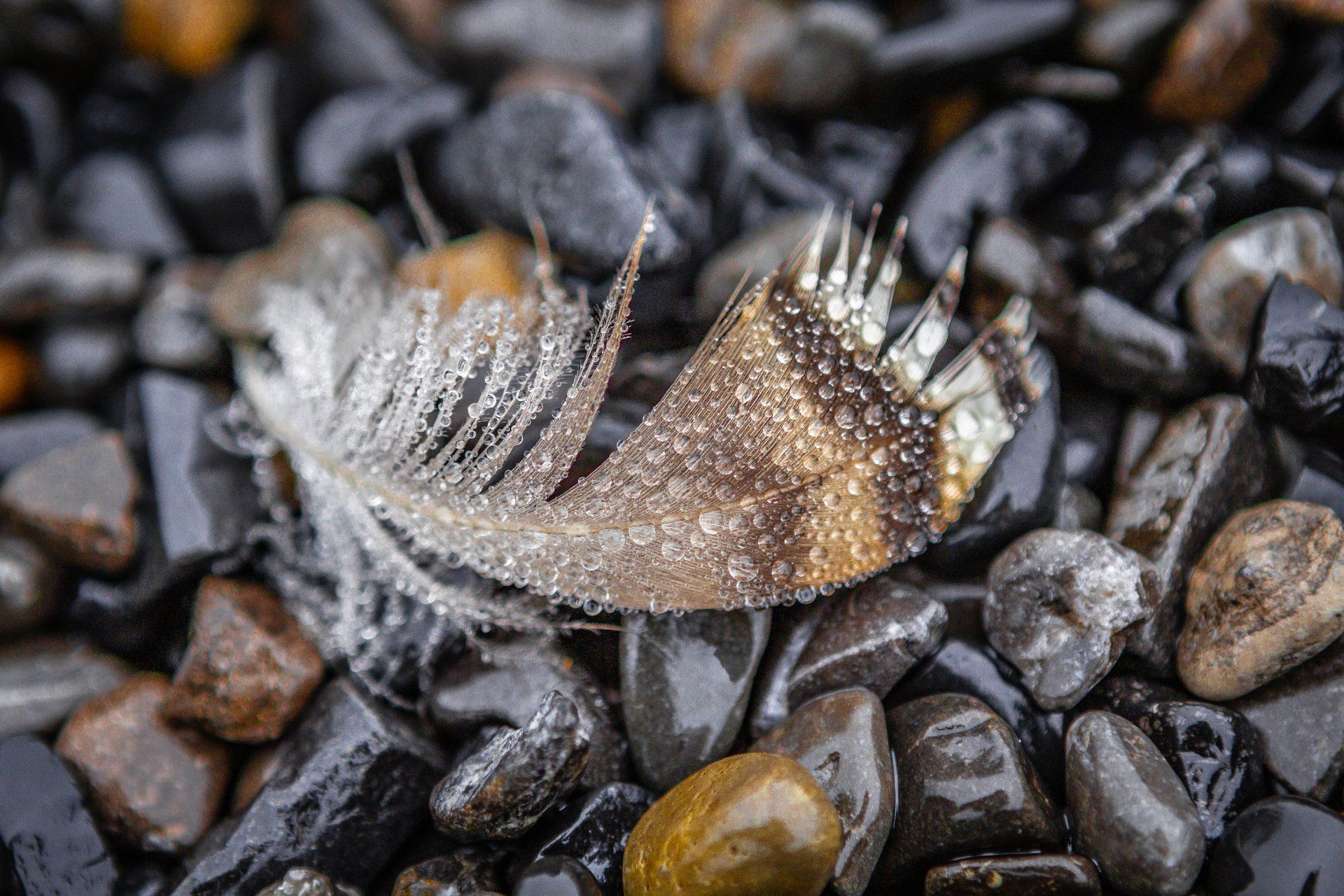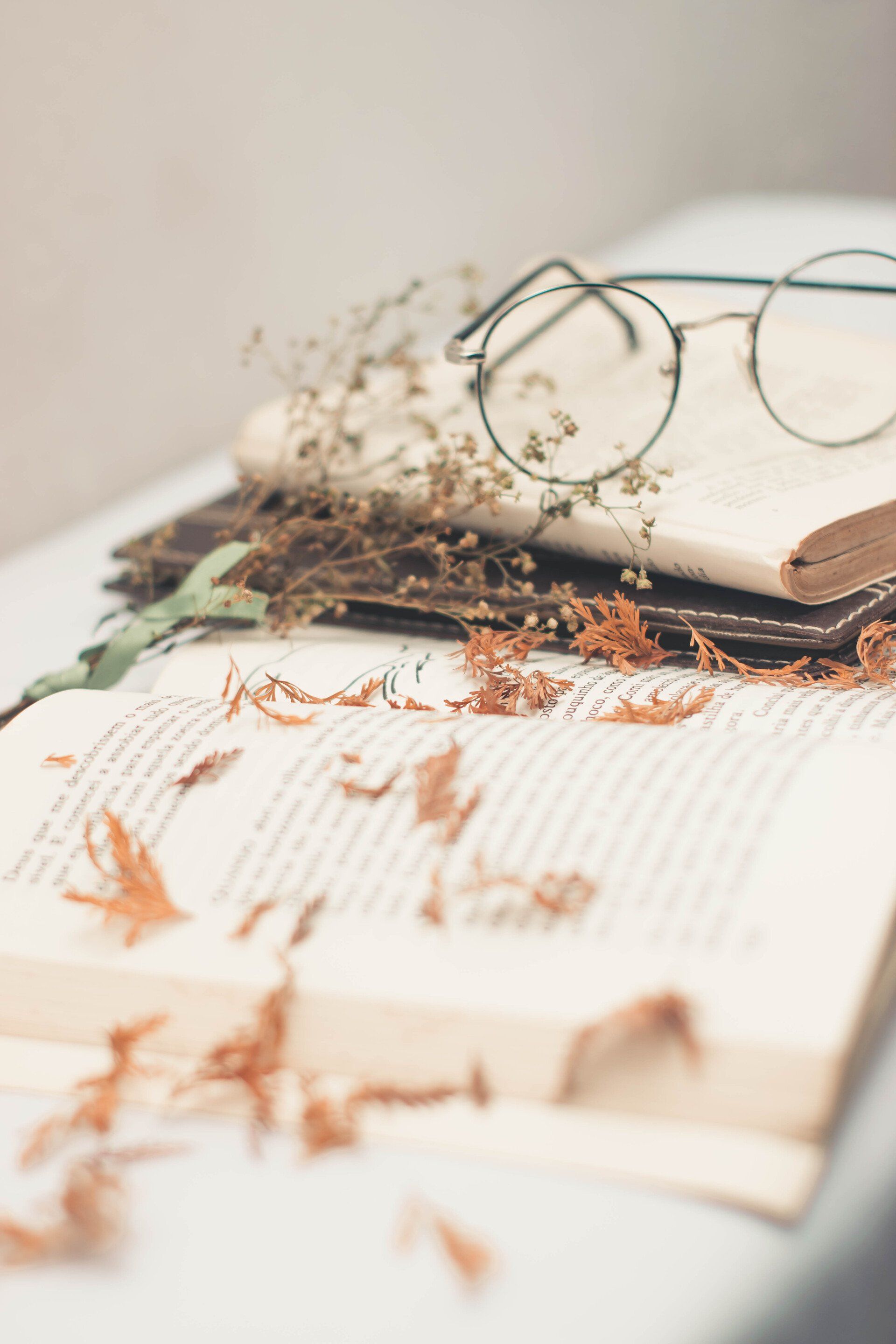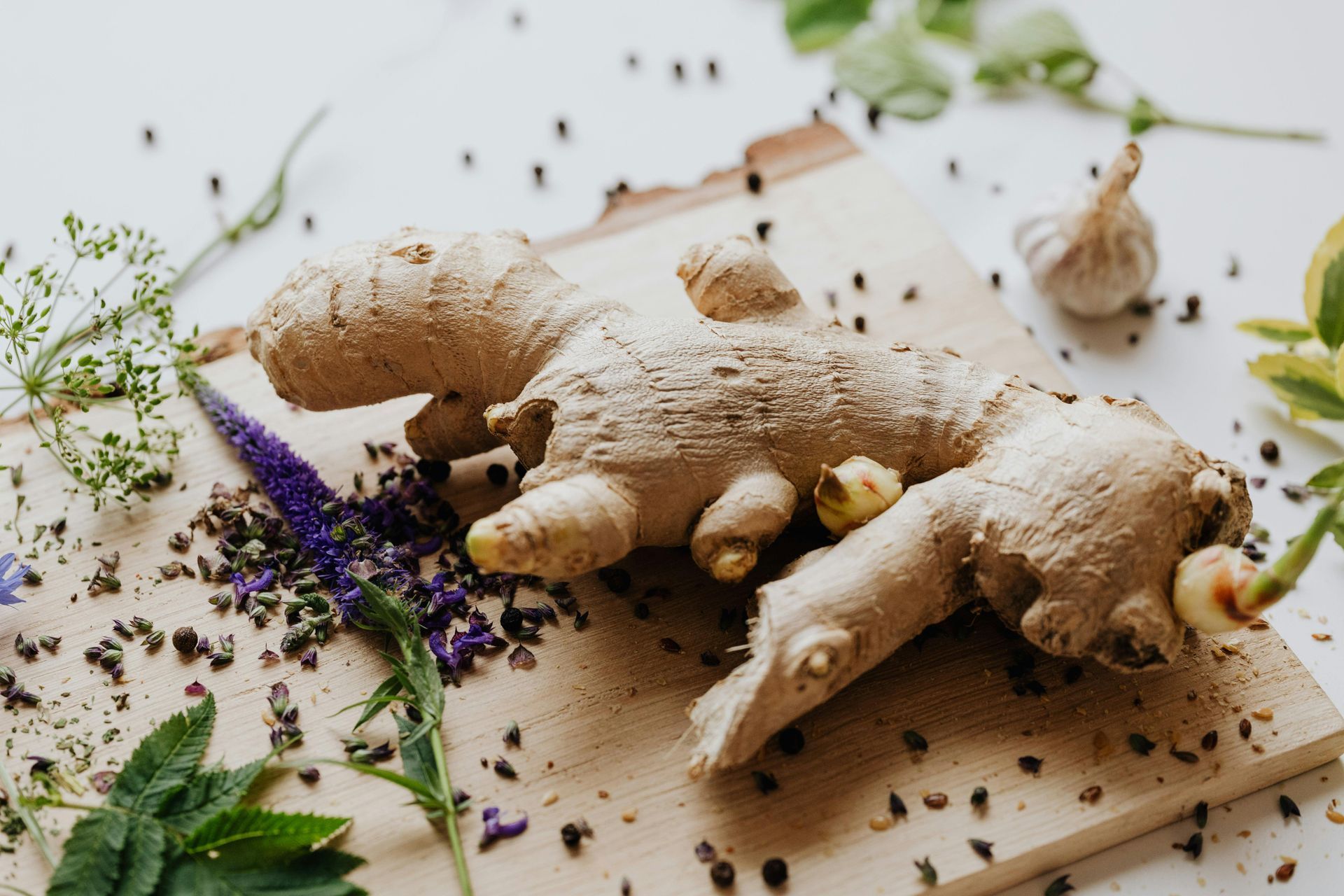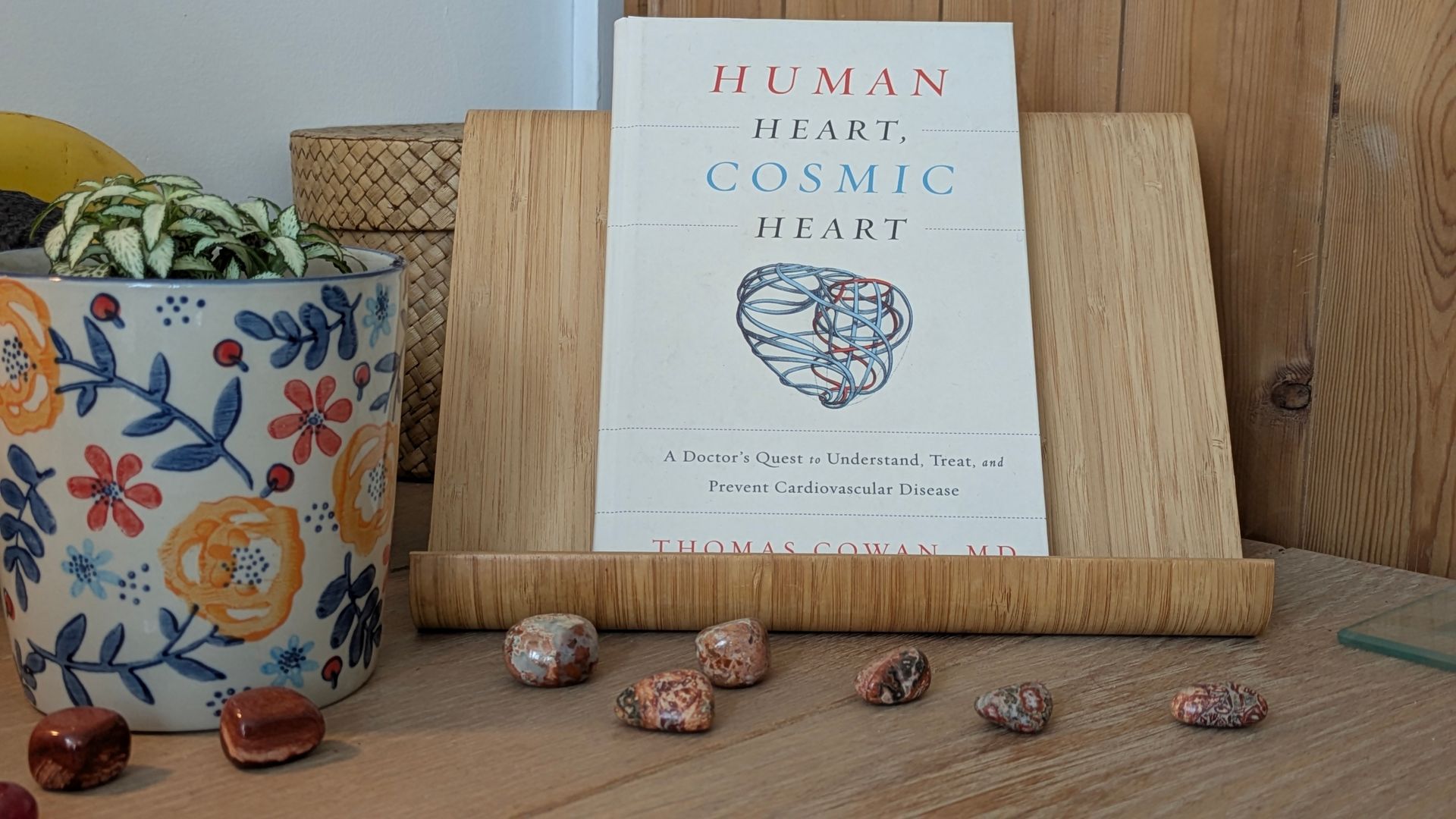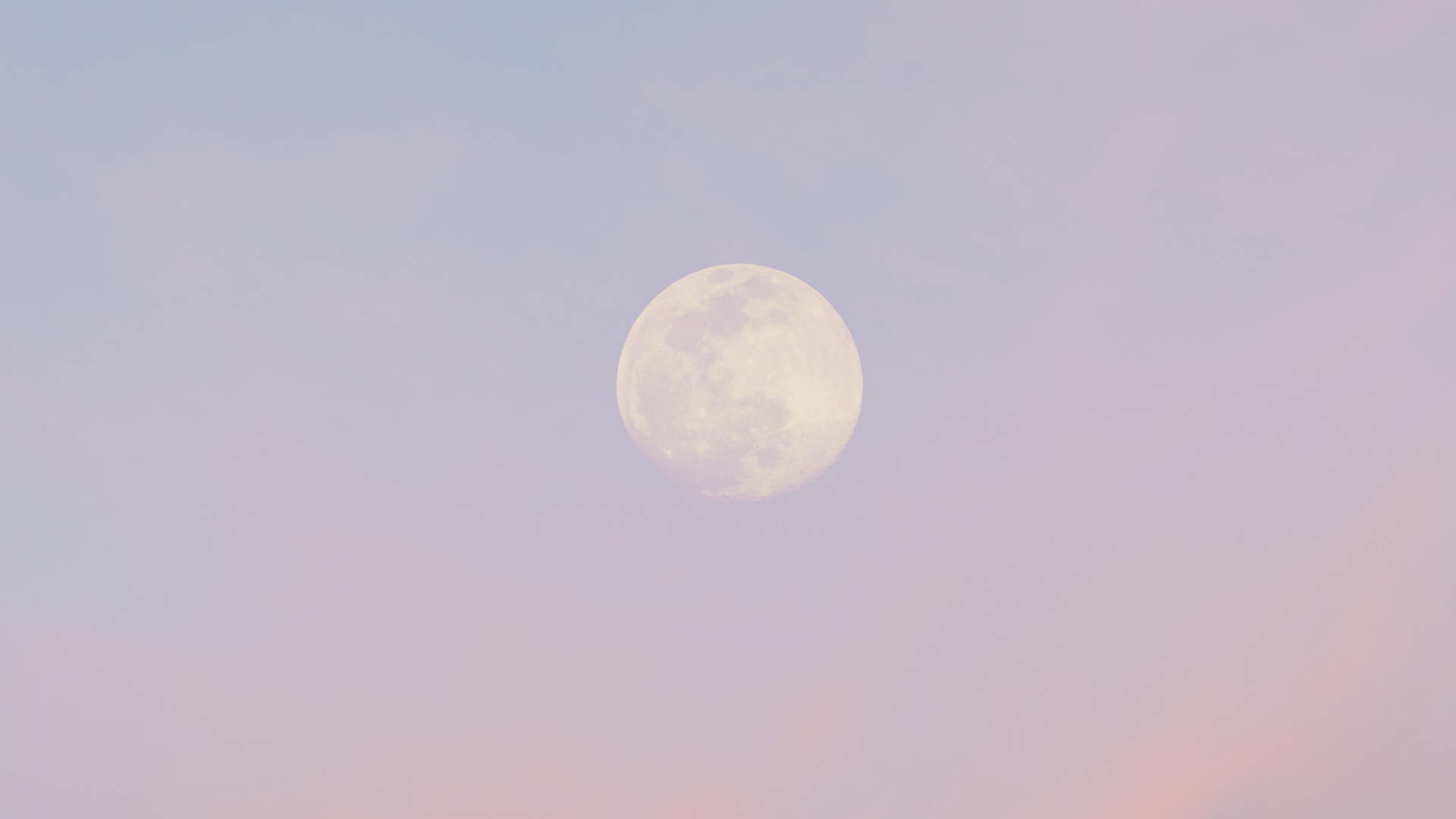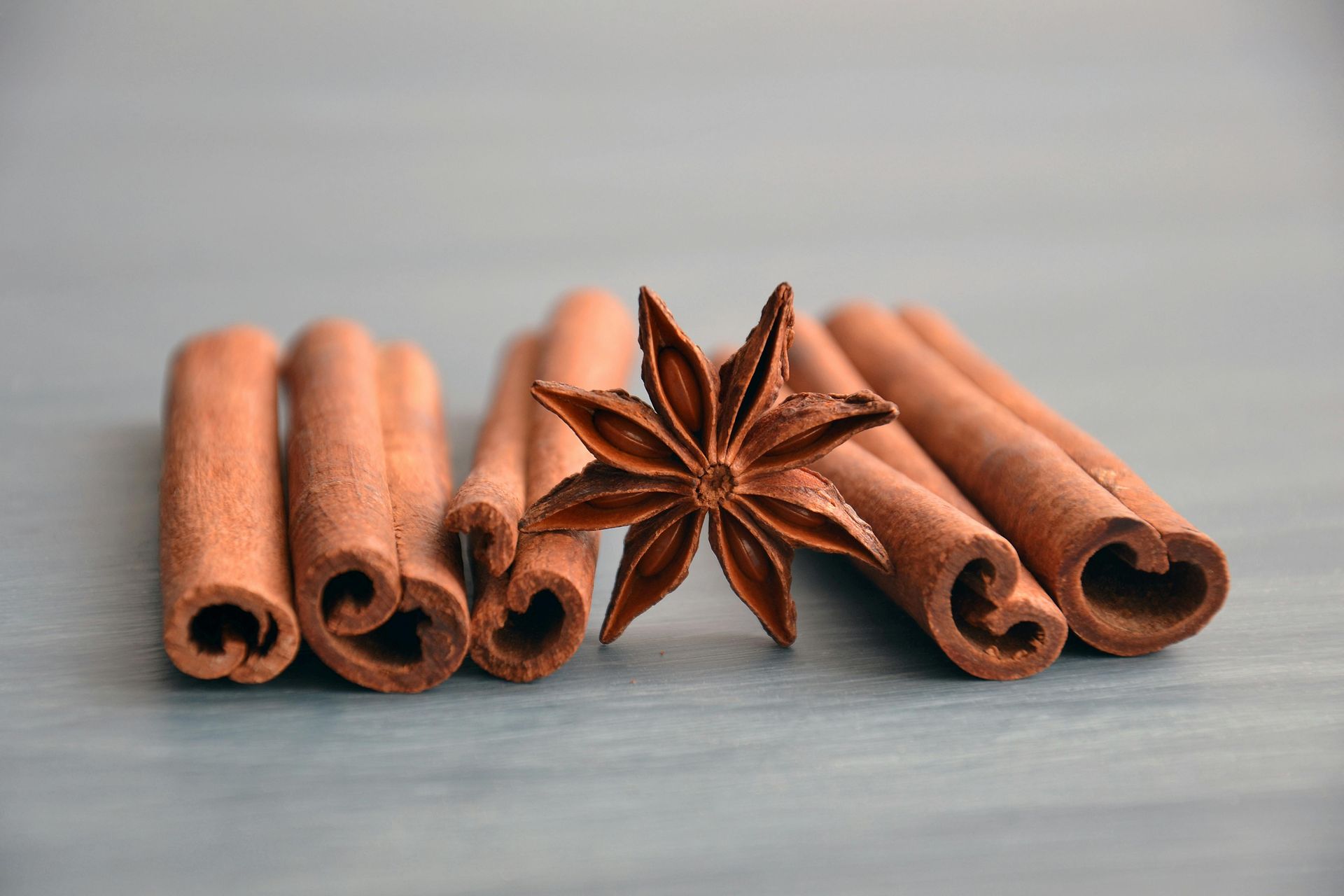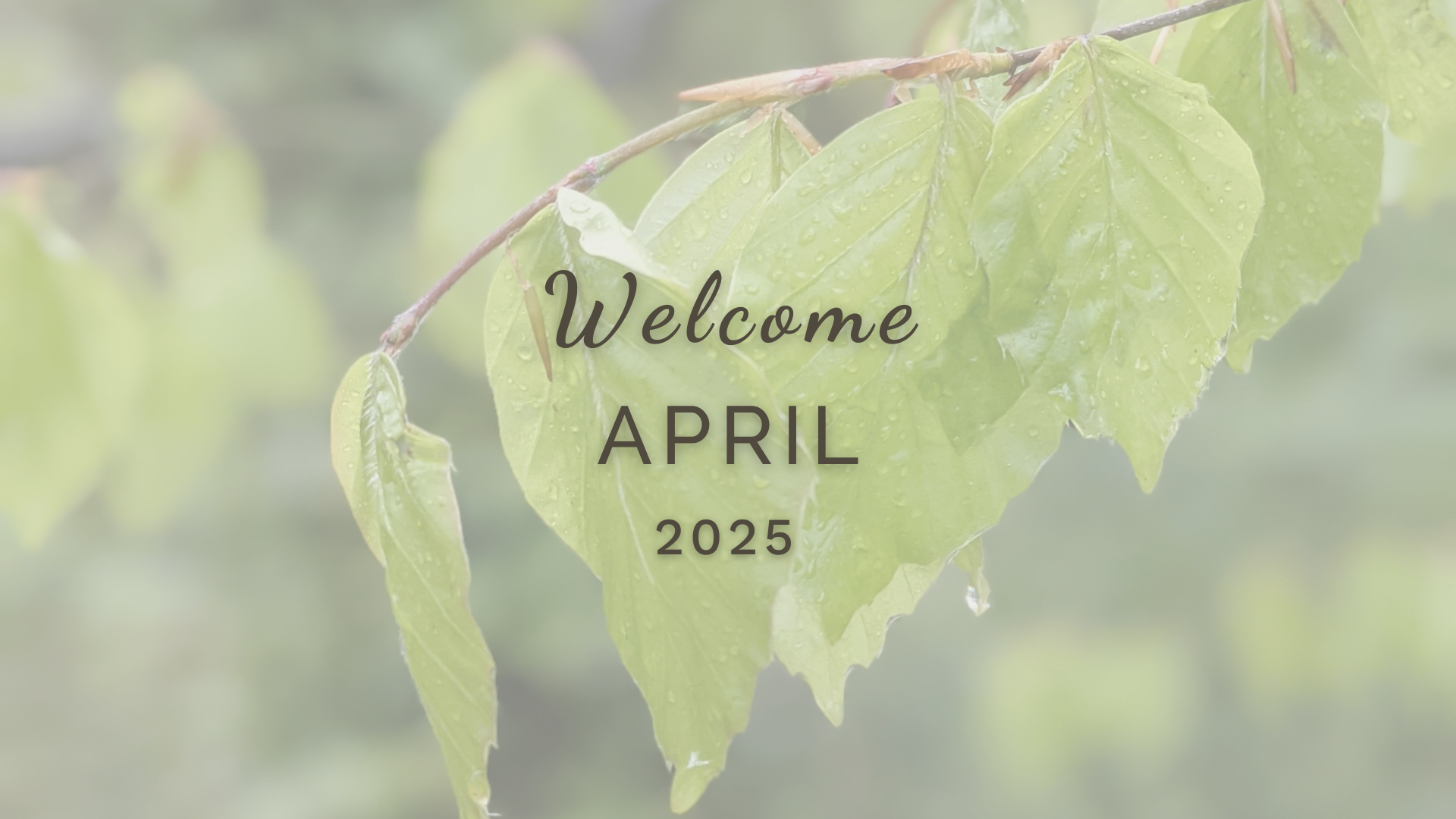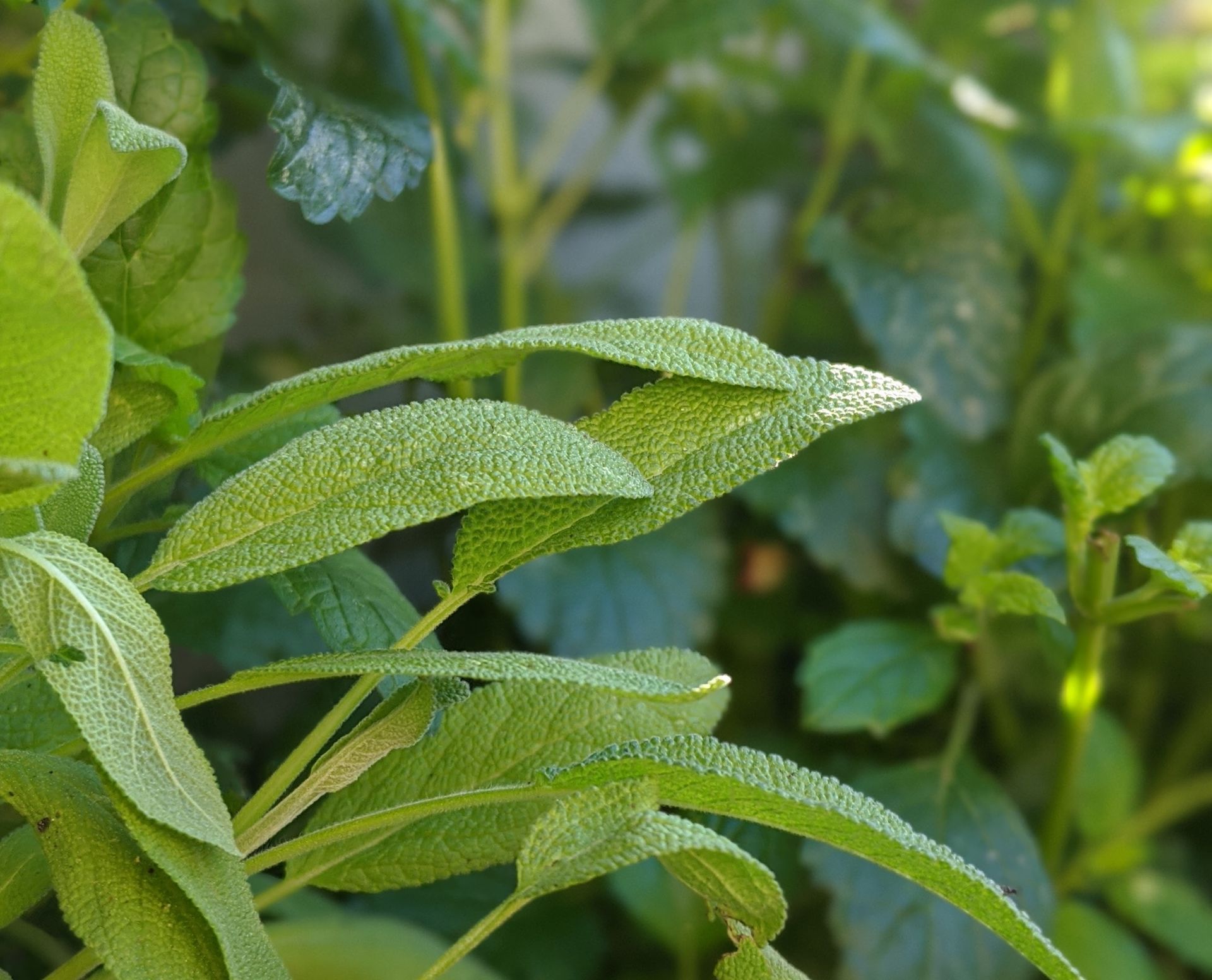Spending Time In Nature
Tune into Nature for a welcome boost of well-being and happiness
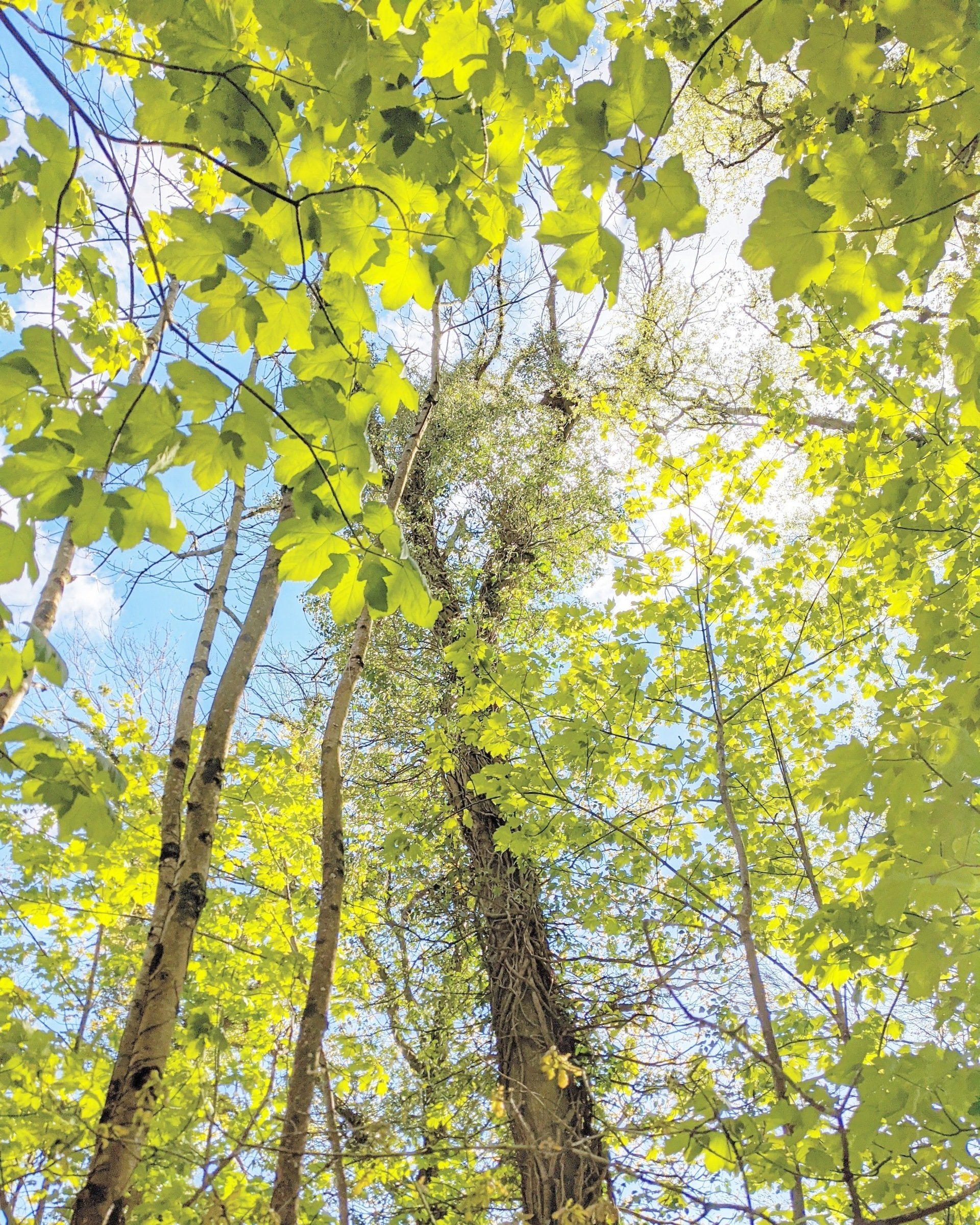
It's easy to forget sometimes how much we depend on Nature, not only for life-essential resources such as air, water, shelter and healthy food, but also for our general good health, wellbeing and happiness.
Taking these things for granted has led us to a situation where natural things are constantly being tampered with and replicated synthetically, often to the extent that it ceases to be of any use to us or worse, very harmful to us. We would do well to remember that we need to be finely tuned and calibrated with Nature in order to function and grow effectively.
For this reason, it is best to avoid anything synthetic or man-made as much as possible, and turn our attention to natural resources as our main source of sustenance, inspiration and calming influence. This is where simply being outside is not going to have the same effect as being in nature whether that means having special places to experience the natural world, bringing Nature inside our homes and gardens, or using our imagination to transport us to somewhere open and wild and free.
Being in Nature means being totally absorbed in the sights, sounds and smells around us. It means engaging with the life force energy of wild things. It means breathing it all in and enjoying how relaxing and comforting it feels. When we tune into the hum of a bee, a Robin's song, a river flowing, a breeze blowing or a view that draws us in, we feel at one with life itself and the freedom of living in the moment.
I thought it would be fun to think of some of the ways I tune in and engage with Nature to give you some ideas so that you can make the most of your time spent with Mother Earth.
RELAXATION & HEALING
Meditative walking
If you ever want a walk to seem shorter or if you need to completely wind down and relax, meditative walking is a great way to lose yourself in time and blend into the calming effect of the natural environment. This is where you focus on your steps and form a rhythm of breathing deeply in and out as you continue on your way.
As you breathe gently in, imagine your body being vitalised by the fresh air; as you breathe gently out, imagine all the stresses and strains leaving you and melting away. I can walk for miles like this, allowing my mind roam free and deal with anything that needs to be processed. A good meditative walk is like a therapy session where the unhelpful is cleared away and replaced with vital natural energy.
Observational sitting
A good way to practice observational sitting is to allocate regular breaks and/or times during the day to simply be still and observe the natural world (or natural things) around you as a focused exercise. Anything made in Nature can provide an interesting focal point for our attention whether it's a bright coloured flower with tiny petals, a ladybird walking on a leaf or a stunning view of rolling hills, hedgerows and fields stretching out into the distance.
Taking time to appreciate Nature is not only very humbling (reminding us we are just a tiny part of the natural world) but also very rewarding. I am always surprised to notice things I haven't noticed before, often opening the door to a whole new world ready to explore.
Focused listening
Nature can be quite loud sometimes and I love tuning in on all the sounds from the urgent-sounding caws of crows to the tiny microscopic sounds of beetles foraging through leaf litter or a lone bird chipping away at a fallen hazelnut. When you make a conscious choice to listen, it can seem like a symphony of melodic vibrations coming from the air, the vegetation and the earth around you.
My favourite is to listen to the birds and whistle softly after them. This isn't easy for a rubbish whistler but once I got into an exchange with a particular bird who seemed to wait for my whistle and then reply, gradually make the notes more difficult. It was as if we were playing a game of play that tune and it was delightful. It brought a smile to my day.
Close watching
This is where it's helpful to have an obsession such as taking photographs. I have a camera phone so it can be a challenge but I have taken collections of wonderful close-ups of bees, butterflies, moths, ladybirds, spiders, snails, beetles and so on, some of which you can see in my Wildlife Gallery.
It means I am often found lying in the grass, waiting quietyly in a particular spot or disappearing into banks of wild plants to try and get the shot. When you look at wild things close up, you can't help but marvel at the beauty and perfection of Nature's design and creation. It is always the smallest and tiniest creatures that completely take my breath away and make me realise how blessed I am to be a living part of the natural world.
Reading books
This is perhaps one of the most overlooked ways that we can get closer to Nature. FInding a cosy place to sit and read a book about Nature (with a hot cuppa and, ideally, a delicious slice of cake) is the perfect way to learn and escape to places that you might never be able to reach on foot. It's also ideal if you are unable to go outside for any reason or are confined in some way due to illness or disability.
Authors who write about Nature (generally speaking) are passionate about the natural world and provide a lens that can open up whole new worlds. Written by professional naturalists or ordinary people who have a passion for Nature, I have learned so much and often feel inspired to explore more for myself when I am out and about in the wild. I have gathered a sizeable collection of books about Nature, Natural Health and Spirituality in my affiliate bookstore. Why not have a browse!
FUN & CREATIVITY
Collecting treasures
If you haven't already got one, I highly recommend dedicating a large clear-glass vase or container, wide bowl or basket, to display treasures collected on your Nature walks or gifted to you by friends and relatives who want to share their finds with you or brighten your day.
It not only gives me the incentive I need sometimes to go outside when it's cold or raining, it also makes for an original and creative way to celebrate Nature's treasures and bring the outside in. Look out for things like spent fir cones, empty acorn shells, crinkled leaves, fallen feathers, twigs with lichen, clusters of dried berries, small pebbles and snails' shells.
Recording observations
Keeping a special Field Study Book is helpful for jotting down key information when you are on your walk or sitting outside. I am often noting down things I cannot recognise so that I can look them up later on, or making a note of any particularly bountiful or unusual finds for my poetry, videos and other writings.
There are lots of other things you can record such as date and time, location and terrain, temperature and weather conditions, historical information and anything else that might be of interest. This is a fantastic way to engage with your immediate natural environment and hone in on the details. It means you will have content to share, memories to recall and photographs and/or sketches to add to your collection.
Sketching scenes
This is not something I do very often as I am not very skilled at drawing things quickly. It's one of those things that requires a lot of practice so why not start today! It doesn't have to be a work of art, just a simple impression of a view that captures your eye or something simple like a flower with petals set in a certain way that pleases you.
Sketching requires an entire process of gathering together your drawing materials, choosing something to draw, and settling down to examine your subject and let your creativity flow. The health benefits from sketching (or painting) include strengthened focus and strategic thinking, improvement in general health and well-being, development of communication skills and coordination.
Making artwork
Making artwork from things found in Nature is great fun and a wonderful way to get creative! You can create magnificent designs on the ground in wild open spaces using anything you can find from broken twigs, pebbles and stones, spent nut cases and shells, fallen leaves and dried ferns, fir cones and discarded bird feathers.
As long as you are not disturbing living things in any way or disturbing anyone's private space or ground, it's a cool way to get creative outside. Children in particular love this and will amaze you with their sense of invention and imagination. You can try coming up with smaller designs in your own garden or inside your home, depending on the space you have available.
MAKE A DATE
There are so many ways to connect with the natural world in ways that relax us and heighten our appreciation, sensitivity and creativity. All of which in turn provide us with a myriad of healthy benefits.
Why not make a date with Mother Nature and try out some of the ideas above? Whether you are on your own or spending time with friends and family, Nature is there for you to enjoy at any time and in any weather.
Sue Cartwright
Spiral Leaf
Thank you for sharing!
for you, for me and for Mother Nature
Latest Posts
All Posts





